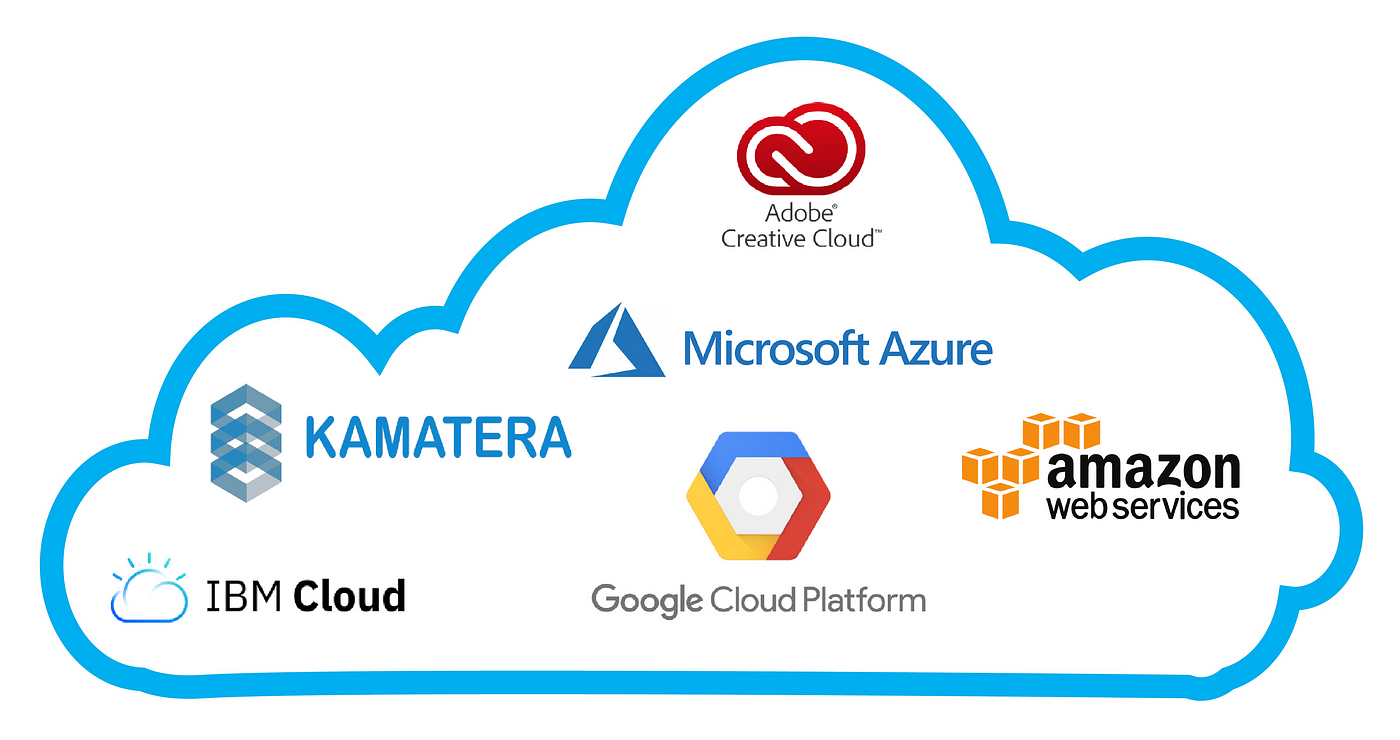Simplify Your Infrastructure With Cloud Provider
As services browse the ever-evolving landscape of modern technology and data monitoring, the function of cloud services in simplifying framework has ended up being significantly noticeable. How can services properly navigate this shift and genuinely unlock the potential of cloud solutions for streamlining their framework?
Advantages of Cloud Services
Cloud solutions use a structured method to handling IT framework, offering organizations with flexibility, cost-efficiency, and scalability. One of the essential benefits of cloud services is the scalability they use.
Additionally, cloud solutions eliminate the need for businesses to buy pricey software and hardware. This cost-efficiency is a significant benefit, especially for tiny to medium-sized business seeking to reduce ahead of time costs. By using cloud services, businesses can access high-grade IT sources without the hefty cost tag associated with conventional facilities configurations.
Furthermore, cloud services provide services with the flexibility to access their information and applications from anywhere with an internet connection. This level of access boosts partnership amongst groups, allows remote work, and increases general productivity. The flexibility supplied by cloud solutions equips organizations to adapt rapidly to transforming market problems and client needs.
Expense Financial Savings and Scalability
In addition to the functional advantages highlighted previously, the assimilation of cloud services right into a firm's facilities comes up with significant price financial savings and improved scalability. Cloud solutions offer a pay-as-you-go model, allowing businesses to scale sources up or down based on existing requirements, thereby staying clear of the costs related to preserving excess capacity. This adaptability enables firms to adjust promptly to varying needs without sustaining unneeded expenditures.
Moreover, cloud services eliminate the requirement for in advance investments in equipment and software, reducing funding expenses. Overhead are additionally decreased as business no much longer require to handle and preserve physical web servers, resulting in lower energy usage and IT staffing prices. Furthermore, cloud services offer automated updates and maintenance, ensuring that the framework continues to be updated and protected without requiring hand-operated treatments.
Improved Security Actions
Implementing rigorous safety and security steps is extremely important when incorporating cloud solutions right into a business's infrastructure to guard delicate information and make certain compliance with industry regulations. Cloud service suppliers supply enhanced safety and security functions such as data file encryption, firewall program security, and multi-factor authentication to mitigate cybersecurity threats.
In addition, normal security audits and conformity assessments help make certain and identify susceptabilities adherence to market standards. Companies can additionally gain from attributes like automated safety updates and real-time risk surveillance supplied by cloud service carriers. By prioritizing safety and security steps and staying aggressive in attending to possible threats, businesses can with confidence leverage cloud services while protecting their important data from unapproved accessibility or violations.
Transitioning to Cloud Facilities
To effectively integrate cloud services right into a company's framework, an organized approach that attends to the shift towards cloud-based remedies is crucial. Transitioning to cloud framework involves mindful planning and implementation to make sure a smooth movement procedure. The very first step is to examine the existing infrastructure and determine which applications and systems appropriate for movement to the cloud. This examination should consider Website elements such as data level of sensitivity, conformity requirements, and efficiency demands.
As soon as the assessment is complete, a migration method need to be created. This approach must outline the timeline, resources, and responsibilities for relocating each component to the cloud. It is important to connect this plan clearly to all stakeholders to make sure positioning and lessen disturbances throughout the change.
Throughout the migration monitoring, procedure and testing are essential to determine and deal with any type of issues without delay. Normal checkpoints must be established to track development and make essential adjustments. In addition, training for employees on utilizing cloud services need to be given to make sure a successful shift and take full advantage of the Clicking Here benefits of the brand-new framework.
Best Practices for Cloud Adoption
Successful adoption of cloud solutions hinges on the critical alignment of organization objectives with technological capabilities and organizational readiness. To guarantee a smooth transition to the cloud, organizations should begin by conducting a thorough evaluation of their existing facilities and determining which work are best fit for cloud migration. It is crucial to include key stakeholders from various divisions in the decision-making process to get buy-in and attend to any worries early on.
Another ideal method for cloud adoption is to prioritize security and conformity. Organizations should meticulously review the safety measures offered by cloud provider and make certain that their information is shielded according to market requirements and governing needs. Carrying out robust data file encryption, accessibility controls, and normal security audits can assist reduce dangers associated with cloud fostering.

Final Thought

As businesses browse the More Info ever-evolving landscape of technology and information monitoring, the function of cloud solutions in streamlining framework has actually become significantly prominent - cloud services press release. How can businesses efficiently navigate this transition and genuinely unlock the potential of cloud services for simplifying their facilities?
Cloud solutions supply a streamlined strategy to handling IT facilities, providing companies with scalability, cost-efficiency, and versatility. By making use of cloud solutions, services can access high-grade IT sources without the substantial price tag associated with conventional framework arrangements.
To ensure a smooth shift to the cloud, organizations must start by carrying out an extensive evaluation of their present framework and identifying which workloads are best matched for cloud movement.